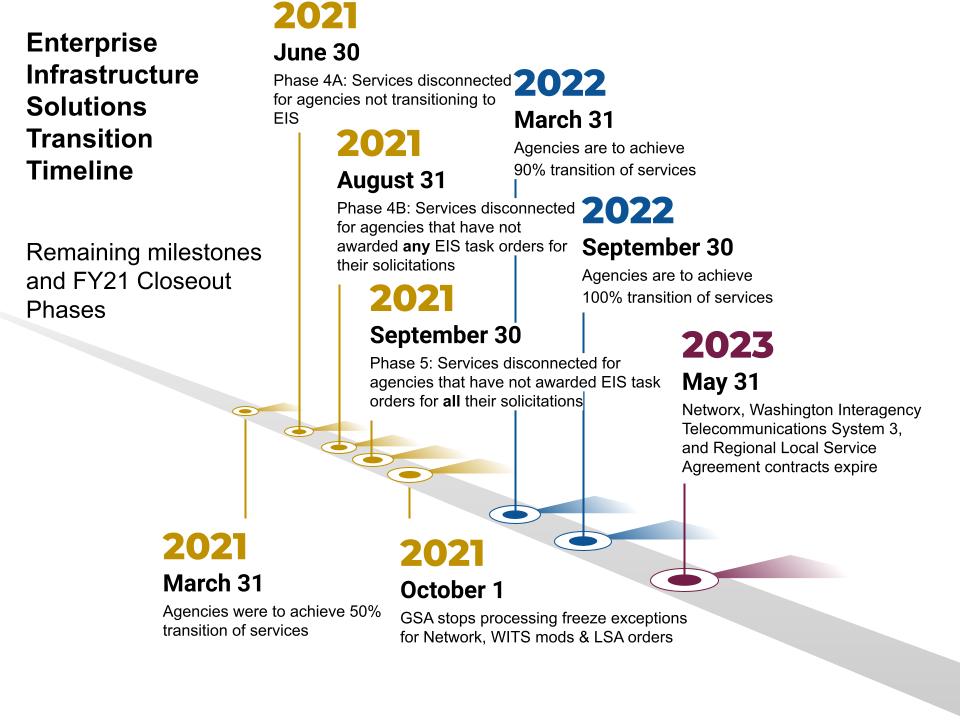Since the launch of the OneGov Strategy in April 2025, GSA and our agency and industry partners have made remarkable progress executing 19 agreements with leading technology companies, fundamentally shifting how the federal government procures and manages IT.
The OneGov Strategy is built on a simple, but transformative idea: the federal government should act as one buyer for common IT needs. Over the past nine months, that vision has moved from concept to execution—delivering significant savings, stronger accountability, and a more unified approach to technology acquisition across government.
Building momentum together
Through OneGov, GSA has worked hand-in-hand with federal agencies and industry partners to secure landmark agreements that demonstrate what’s possible when we buy as one.
Since April, the OneGov team has finalized multiple high-impact agreements that deliver discounts ranging up to 90% on widely used commercial software and services. Recent agreements include Adobe, AWS, Anthropic, Box, Docusign, Elastic, Google, Microsoft, OpenAI, Oracle, Perplexity, Slack, and ServiceNow —with additional agreements in development.
These deals are more than just better pricing. They establish consistent terms, standardized licensing, and clear accountability—ensuring agencies receive reliable, secure, and mission-ready solutions.
How we’re structuring the strategy
We’ve developed a tiered framework to guide prioritization, ensuring all interested Original Equipment Manufacturers, Resellers, Service Providers, and Integrators have an understanding of the approach.
Tier 1, which is the current focus, includes software and cloud providers with more than $500M in annual federal spend, a presence across all 24 CFO Act agencies, and a portfolio of FedRAMP-authorized cloud solutions (excluding on-premise). Tiers 2 through 4 follow the same product scope but reflect decreasing levels of government spend and agency footprint:
- Tier 2: $200M–$500M in spend, 18+ CFO Act agencies
- Tier 3: $50M–$200M in spend, 10+ agencies
- Tier 4: $10M–$50M in spend, 5+ agencies
The OneGov team is working to determine a timeline for engaging OEMs and other IT companies that do not meet the Tier criteria above. Additional Information will be provided on the OneGov site (http://ITVMO.gsa.gov/onegov) as it becomes available.
Aligning with leadership on pricing integrity
Federal CIO Greg Barbaccia recently emphasized the importance of transparency and fairness in technology pricing, calling for an end to inflated or inconsistent deals across government. OneGov directly supports that mission through best-and-final-first pricing, transparent benchmarking, and direct OEM relationships that eliminate hidden margins and ensure every dollar delivers mission value.
Setting expectations: Industry Participation and Engagement
As interest in OneGov continues to grow, GSA has established a clear process for OEMs seeking to participate, engage, and be included under the strategy.
If you are an Industry Partner interested in staying informed on future opportunities, new requirements and criteria, or upcoming agreements:
- Review the OneGov OEM Engagement Package: This document outlines eligibility requirements, submission expectations, and evaluation criteria. It’s available on the ITVMO website here (PDF).
- Submit the Industry Questionnaire: Completing the Industry Questionnaire will show your interest in getting more information on the OneGov strategy and participating in future opportunities.
Once you’ve read the OEM Engagement Package and are interested in submitting a limited-time offer for consideration:
- Prepare your submission materials: Submissions should include a brief company overview, a list of core products or services currently sold to the federal government, and proposed enterprise pricing models or discount structures. GSA will also review your current contract vehicles and alignment with federal cybersecurity and compliance standards.
Also, complete the Product and SKU Information Spreadsheet for all products/services that align with your limited-time offer. - Submit through the OneGov OEM Submission Form: To begin the review process, complete the official OneGov Limited-Time Offer Form. This form collects key evaluation details and ensures consistency in how submissions are processed across all vendors.
As part of your submission, upload the completed Product and SKU Information Spreadsheet, company overview, and any other information you think essential for the review. - Evaluation and engagement: GSA evaluates submissions based on the following components. Selected Industry Partners will move into structured discussions with the OneGov team to explore potential agreement models.
- Relevance: Offers should be for currently available, broadly used products and services
- Individual: Offers should be for individual products and/or services.
- Eligibility: Offers should be eligible to all customers for new or existing contracts or orders.
- Best Available: Offers should meet (or exceed) all currently available discounts.
- Cost Savings: Projected cost savings/avoidance should be clear & easy to understand.
- Duration: Offers should be valid through September 30, 2027, or longer (ideally, the duration of the current administration).
- Relationship: While discount offers will always be welcome, the OneGov team is looking to develop direct relationships with vendors (as opposed to any reseller arrangement).
Please note: Submitting for review does not guarantee participation under OneGov. Submissions are reviewed holistically as part of a broader governmentwide acquisition strategy designed to ensure fairness, transparency, and alignment with federal priorities.
Looking ahead
The OneGov Strategy is more than an acquisition model; it’s a cultural shift in how the federal government and industry collaborate. Over the coming months, GSA will continue working with agency CIOs, procurement leads, and Industry Partners to expand OneGov beyond software into infrastructure, cybersecurity, platforms, and IT services.
We’re proud of the progress made so far and grateful to the agency and industry teams whose partnership makes this work possible. Together, we’re modernizing how the federal government buys and manages technology, driving smarter spending, stronger security, and better outcomes for every taxpayer.
